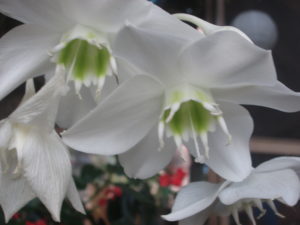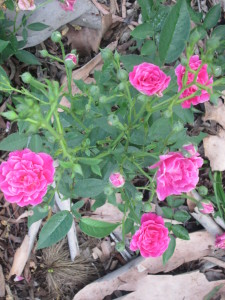
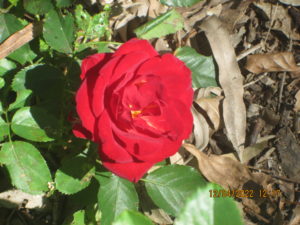
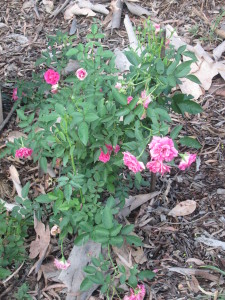
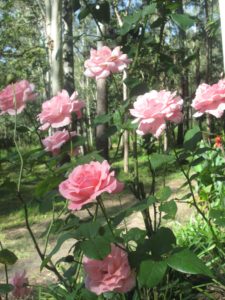
Roses in flower in March 2018 greet you as come up the steps to the house.
With the roses, there is so much grace, beauty yet firmness of growth
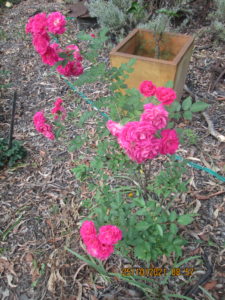
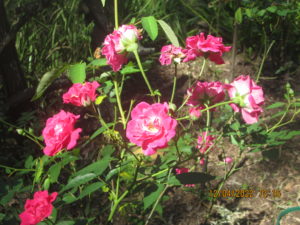
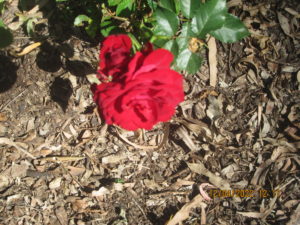
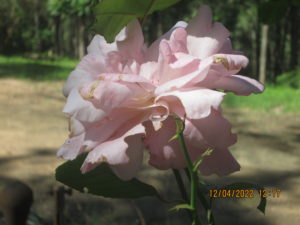
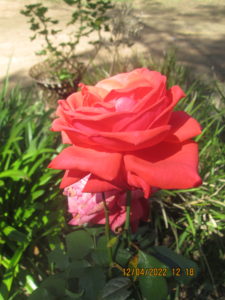
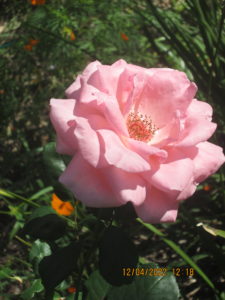
Roses in flower in October 2021 greet you as come up the steps to the house
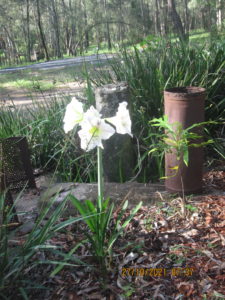
Agapanthus orientalis ‘White’
APPEARANCE: Seed grown white flowering variety. Agapanthus are strappy-leaved clumping plants with large rounded clusters of flowers on tall smooth stems.
USE IN: Formal gardens as a bordering plant and underplanting in cottage gardens. Bank-binding, and in poor soils
LOCATION: Agapanthus are surprisingly hardy and worth a go in most protected areas but will prefer full sun to part shade. Plant in a well drained soil, mulch and fertilise when planting but not too rich in organic matter and go easy with the fertiliser. Surprisingly tolerant of cold and drought once established but growth is restricted in these conditions.
CARE: Mulch and water regularly until the plant is established, usually around 12 weeks. Deadhead after flowering to promote blooms during summer and prevent the plant setting seed. Hardy and low maintenance. Lift and divide when clumps get too large.
HEIGHT & WIDTH: 1.5m H x 0.5m W.
___________________________________________________________________________
DIETES
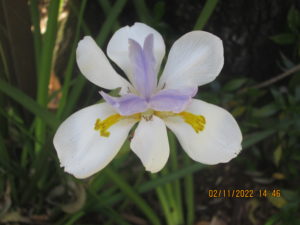

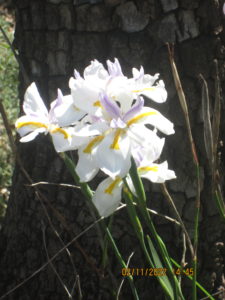
Dietes
Dietes is a genus of rhizomatous plants of the family Iridaceae, first described as a genus in 1866. Common names include wood iris, fortnight lily, African iris, Japanese iris and butterfly iris, each of which may be used differently in different regions for one or more of the six species within the genus.
Most species are native to southern and central Africa, with one (Dietes robinsoniana) native to Lord Howe Island off the coast of Australia. A few species have become naturalized in other parts of the world.[1]
We have a profusion of Dietes which flower in late October and early November. t has dark green, strappy foliage, which grows in fan-like rosettes. In spring it produces white, yellow and mauve, iris-like flowers on tall stems. The flowers are followed by 3-celled capsules containing numerous seeds. It is a clump-forming, rhizomatous perennial from South Africa.
____________________________________________________________________________
THE AMPHITHEATRE:
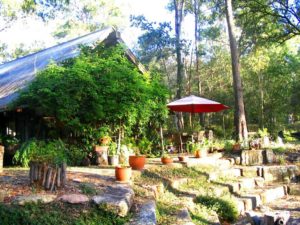
_____________________________________________________________________________
Very Front Entry to the House in July 2019
In 2019, tulips and daffodils grew and flowered. In Subtropical Queensland, you do not grow these flowers as it is too warm.
They like colder climates as down in Southern Australia or overseas. What we do is to trick the bulbs in getting them to think they have gone through winter overseas. We put them in the fridge crisper in April / May, then we take them out and plant them in late May. They grow and flowering late July. Below is the result!
______________________________________________________________________________
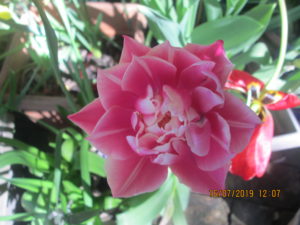
….. Pink tulip …..
J nTulips (Tulipa) form a genus of spring-blooming perennial herbaceous bulbiferous geophytes (having bulbs as storage organs). The flowers are usually large, showy, and brightly coloured, generally red, pink, yellow, or white (usually in warm colours). They often have a different coloured blotch at the base of the tepals (petals and sepals, collectively), internally. Because of a degree of variability within the populations, and a long history of cultivation, classification has been complex and controversial. The tulip is a member of the lily family, Liliaceae, along with 14 other genera, where it is most closely related to Amana, Erythronium and Gagea in the tribe Lilieae. There are about 75 species, and these are divided among four subgenera. The name “tulip” is thought to be derived from a Persian word for turban, which it may have been thought to resemble. Tulips originally were found in a band stretching from Southern Europe to Central Asia, but since the seventeenth century have become widely naturalised and cultivated (see map). In their natural state, they are adapted to steppes and mountainous areas with temperate climates. Flowering in the spring, they become dormant in the summer once the flowers and leaves die back, emerging above ground as a shoot from the underground bulb in early spring.
While tulips had probably been cultivated in Asia from the tenth century, they did not come to the attention of the West until the sixteenth century, when Western diplomats to the Ottoman court observed and reported on them. They were rapidly introduced into Europe and became a frenzied commodity during Tulip mania. Tulips were frequently depicted in Dutch Golden Age paintings, and have become associated with the Netherlands, the major producer for world markets, ever since. In the seventeenth century Netherlands, during the time of the Tulip mania, an infection of tulip bulbs by the tulip breaking virus created variegated patterns in the tulip flowers that were much admired and valued. While truly broken tulips do not exist anymore, the closest available specimens today are part of the group known as the Rembrandts – so named because Rembrandt painted some of the most admired breaks of his time.[2]
Breeding programs have produced thousands of hybrid and cultivars in addition to the original species (known in horticulture as botanical tulips). They are popular throughout the world, both as ornamental garden plants and as cut flowers.

Daffodil in full flower

Red tulip
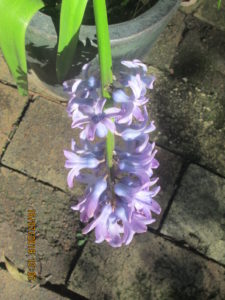
Hyacinth flower
One of the loveliest scents of spring comes from hyacinths in blooms. Even at a distance, you’ll notice these flowers’ intense fragrance and spikes of bright colors. Hyacinths are in the lily family, and if you look closely at the individual flowers you’ll see the familiar tubular shape. Dutch bulb growers have been breeding hyacinths since the 17th century, and there are thousands of varieties to choose from. Modern hyacinths are among the easiest to grow spring bulbs. Hyacinth bulbs are also easy to plant or force in pots. The large bulbs and sturdy stems are also wonderful grown in water in a bulb vase—no soil required.
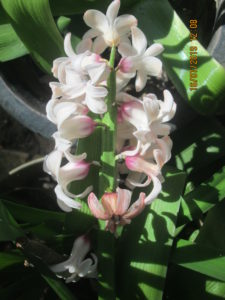
_____________________________________________________________________________
Front Entry to the Left of the Front Door:
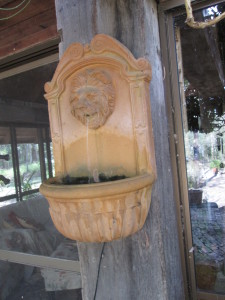
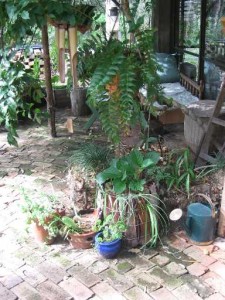

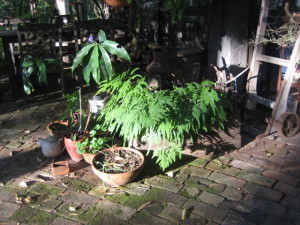
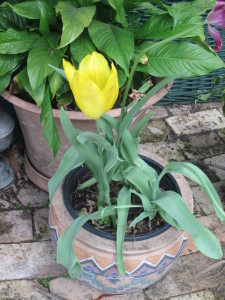
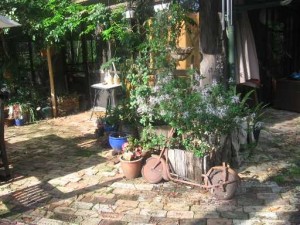
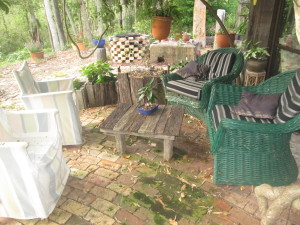
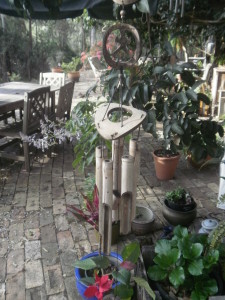
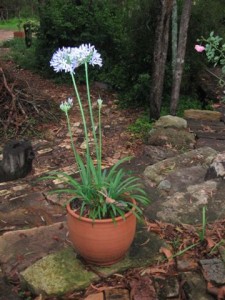
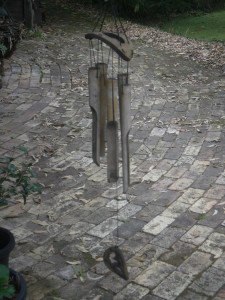
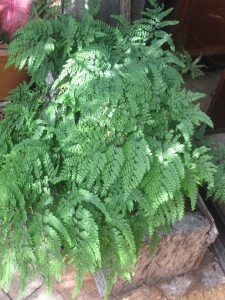
_______________________________________
Front Entry ….. The Sitting Out Area:
The shade umbrella has changed over the years. It is taken down in winter as it isn’t needed as in the hot sun in summer.


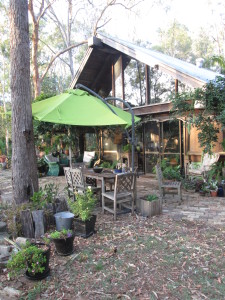
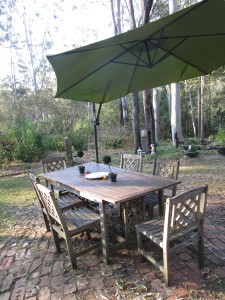
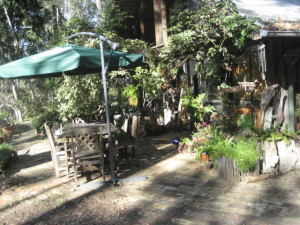


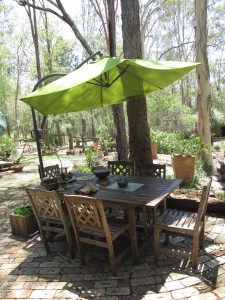
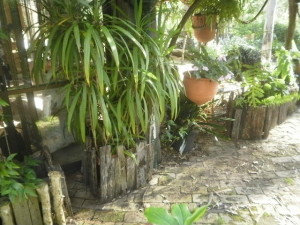
 __________________________________________________
__________________________________________________
Planting in The Pig Trough in Different Years: Back in the early 1900’s this Pig Trough was cut out from a big tree. We have converted it into a centralized raised garden bed that we can plant flowers from year to year. At the moment in August 2019, it is filled with the vibrant growing leaves of foxgloves.
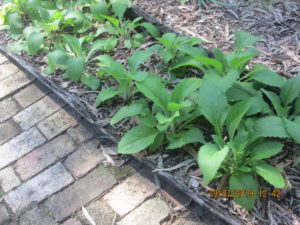
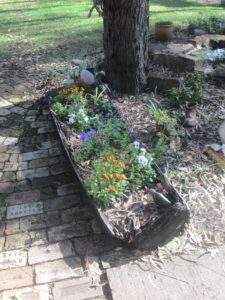
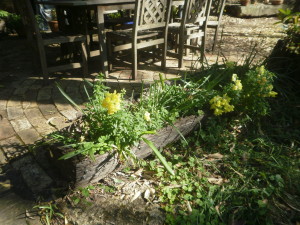
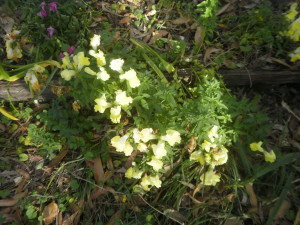
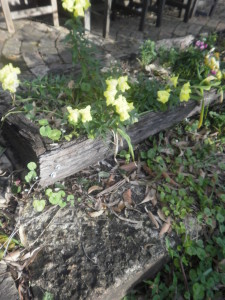
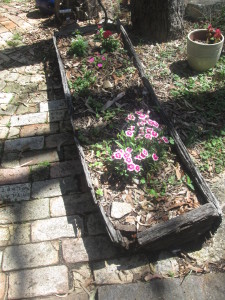
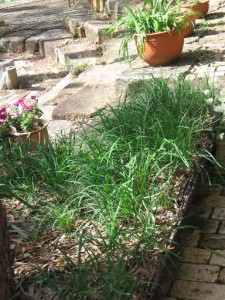
_________________________________________________
Front Garden As You Come Up To The House:
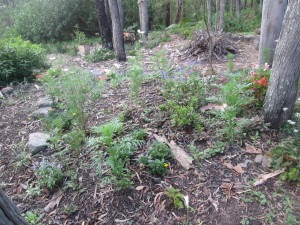
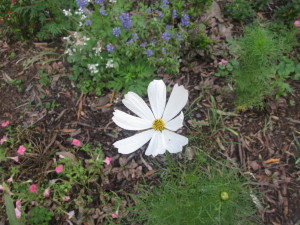
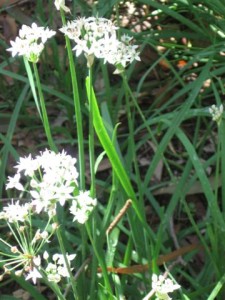
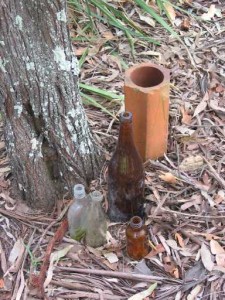

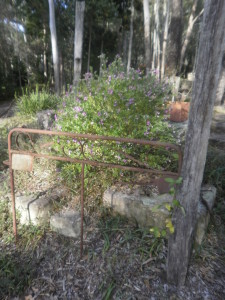
______________________________________________________________________________

